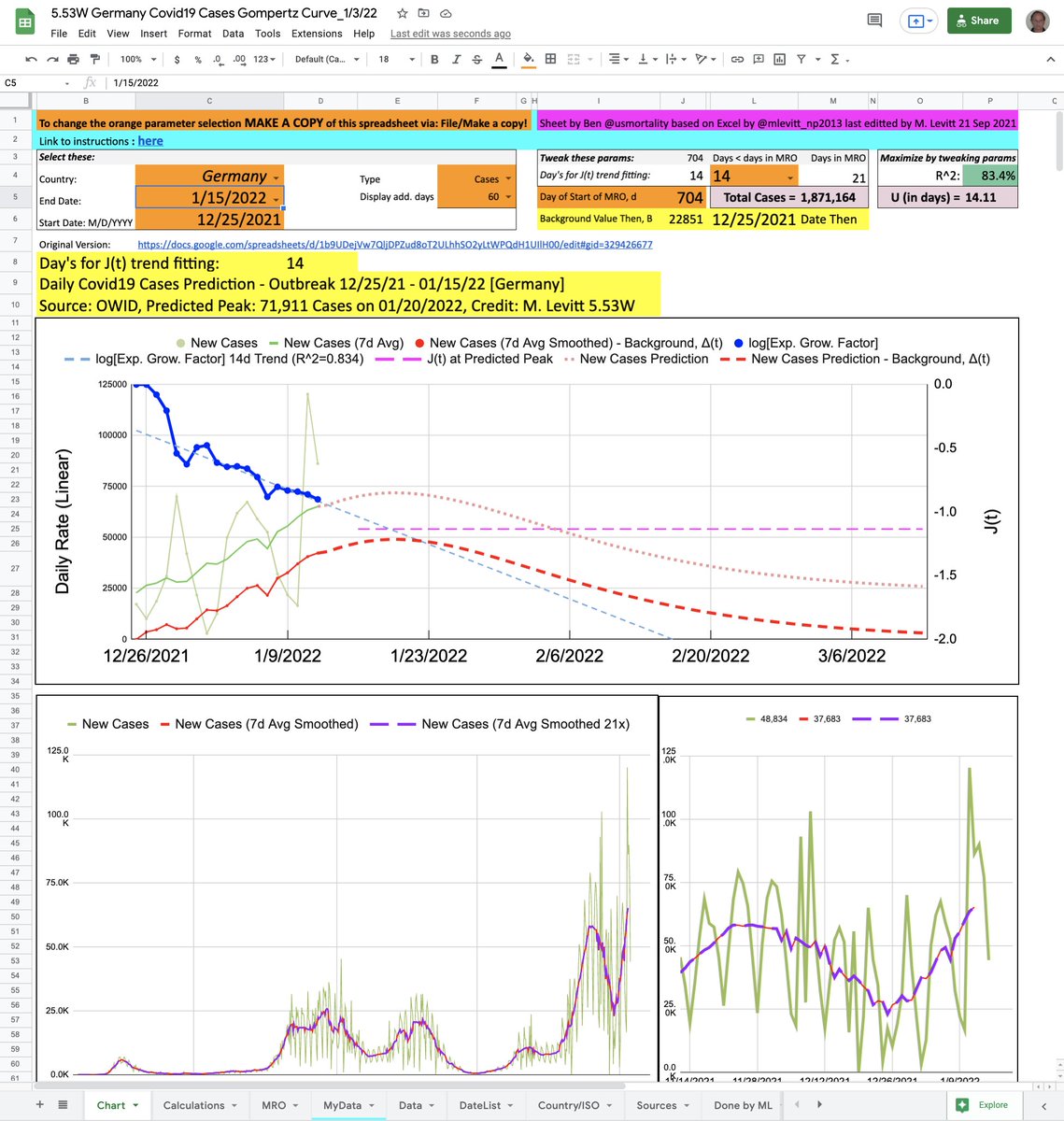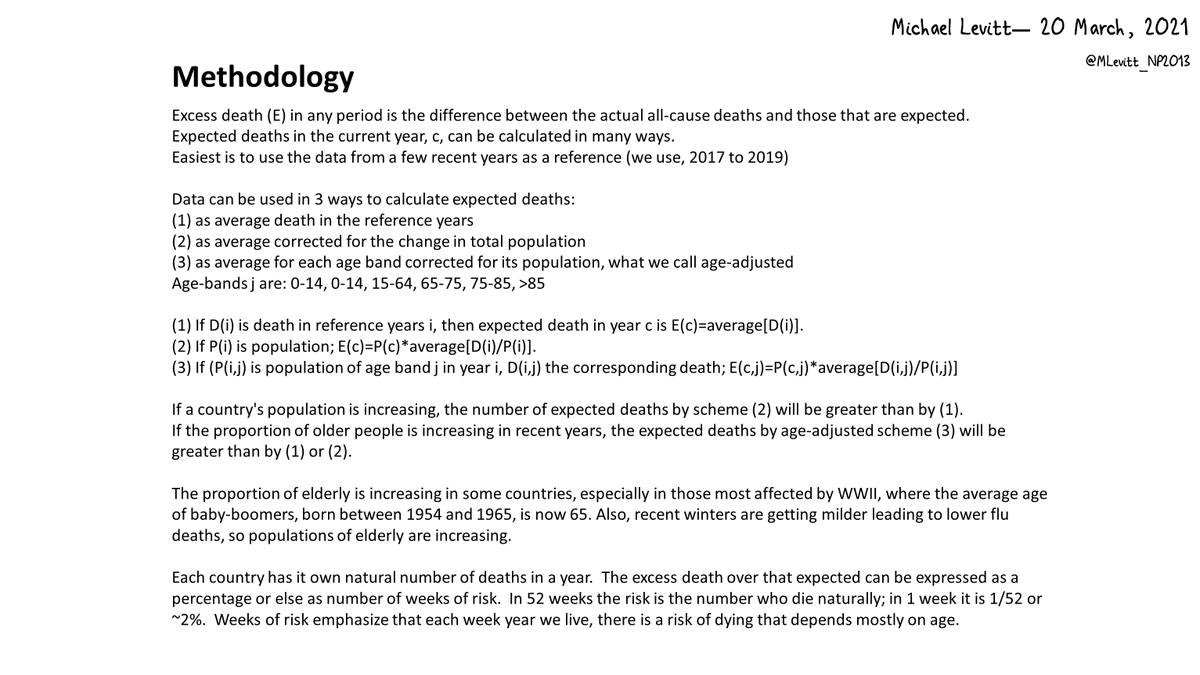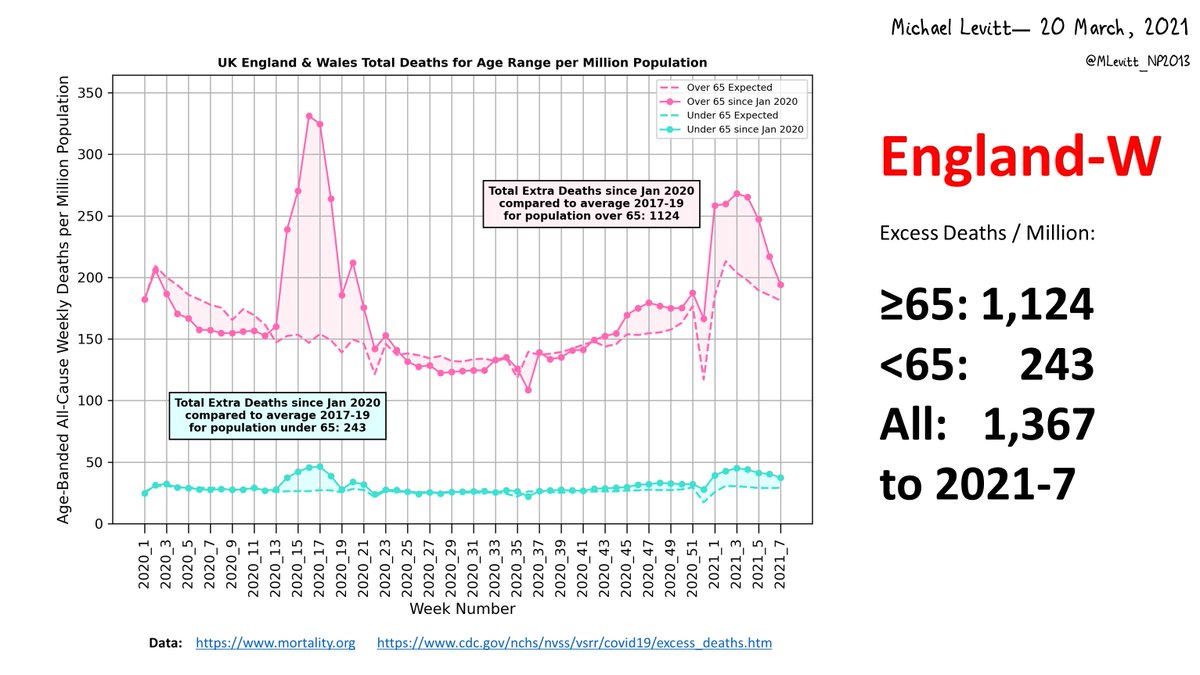Here is my clearer analysis of the Population Fatality Rate (PFR) related to influential predictions by Ferguson et al. 2020. It use data released by the Chinese CDC on 14Apr20 @ChinaCDCWeekly, not full-text indexed by Google @Google but released in The @guardian on 1Mar20. 


https://twitter.com/MLevitt_NP2013/status/1265381450297356288



Here is the evidence showing Google still does not full-text index this essential report. The Guardian @guardian finally gave CCDC @chinacdc age-range death numbers on 1 Apr. weekly.chinacdc.cn/en/article/id/…
theguardian.com/world/2020/mar… Vulnerability of OLDER people is not even headlined!


theguardian.com/world/2020/mar… Vulnerability of OLDER people is not even headlined!



A perceptive reader will ask for the Verity et al., 2020 IFR. My 25Mar report to UK scientific leaders used that data. After normalization to percent, Verity IFR data is identical (0.6% RMSD) to deaths/Chinese_population in Col. F on Tweet1 Excel. My numbers are unchanged. 





This analysis has been extraordinarily interesting. I will write it up as a PDF report with the Excel and also make a video today. Just shows that we can learn from every question and critique.
• • •
Missing some Tweet in this thread? You can try to
force a refresh


























